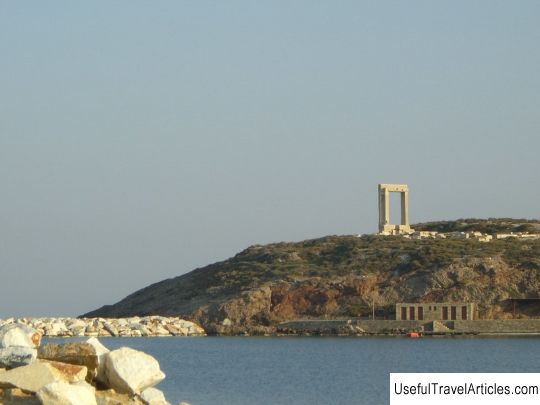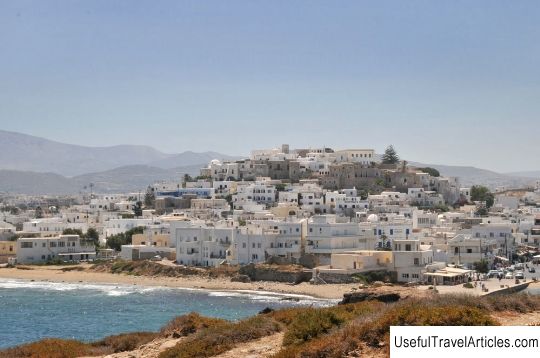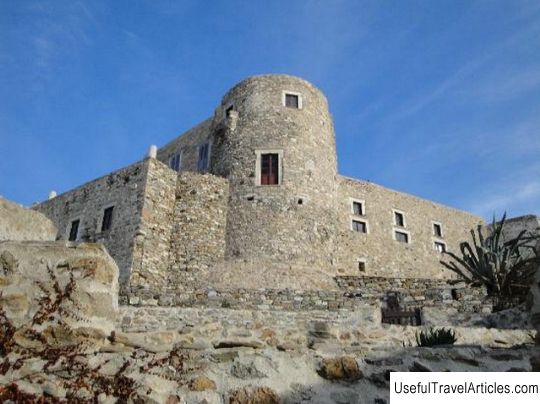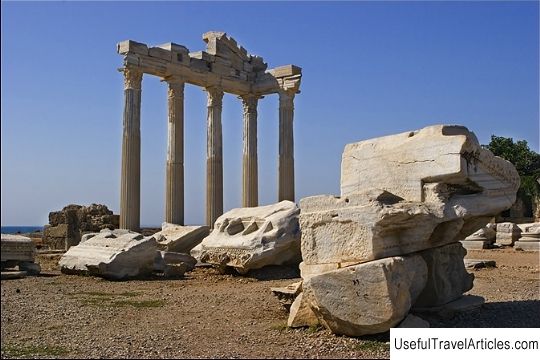Temple of Apollo description and photos - Greece: Naxos Island
Rating: 8,0/10 (6895 votes) 
Temple of Apollo description and photos - Greece: Naxos Island. Detailed information about the attraction. Description, photographs and a map showing the nearest significant objects. The name in English is Temple of Apollo. Photo and descriptionThe famous marble arch of Portara (Portira), which served as the gateway to the Temple of Apollo, is the main attraction and visiting card of the picturesque Greek island of Naxos and its capital. The ruins of an ancient temple are located on the small islet of Palatia, which is connected to the city port by a dam. The impressive marble structure is the first sight seen by tourists arriving in Naxos. The ancient temple is believed to have been built in honor of Apollo, as it is oriented towards the island of Delos, where, according to legend, the golden-haired god was born ... True, some researchers believe that the temple could well have been built in honor of the god Dionysus, who was revered as the patron saint of the island of Naxos. Construction of the temple of Apollo began around 530 BC. during the reign of the tyrant Naxos Lugdamis (Ligdam). In those days, the island flourished and was an important financial and cultural center of the Mediterranean. Ambitions of Lugdamis demanded the construction of a temple, which would not be equal on the Greek lands, and large-scale construction began. But due to the wars, the work was suspended, and after the overthrow of the tyrant, it was completely abandoned. The Temple of Apollo was never completed, and only parts of the foundation and colonnade have survived to this day, as well as the majestic, lonely towering over the ruins, the Arch of Portara, whose height is more than 6 m. In the Byzantine and post-Byzantine During periods the temple was used as a "marble quarry". Various architectural fragments (marble blocks, parts of columns, capitals, etc.) of the ancient structure have been discovered in several churches of Naxos, as well as in medieval mansions and a Venetian fortress. Portara survived only because it turned out to be too large and heavy (the weight of each marble block is about 20 tons).      We also recommend reading Basilica di Sant Abbondio description and photos - Italy: Como Topic: Temple of Apollo description and photos - Greece: Naxos Island. |




